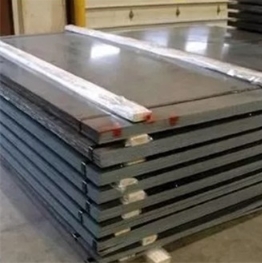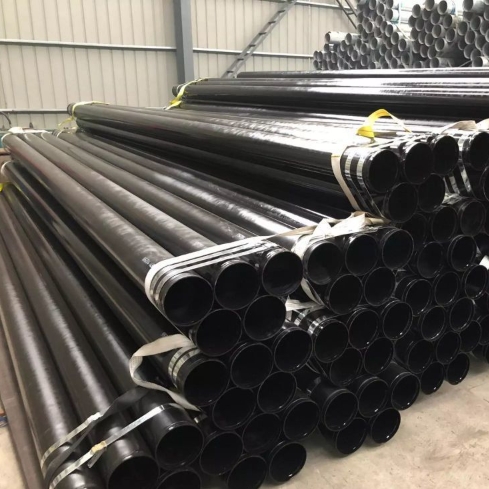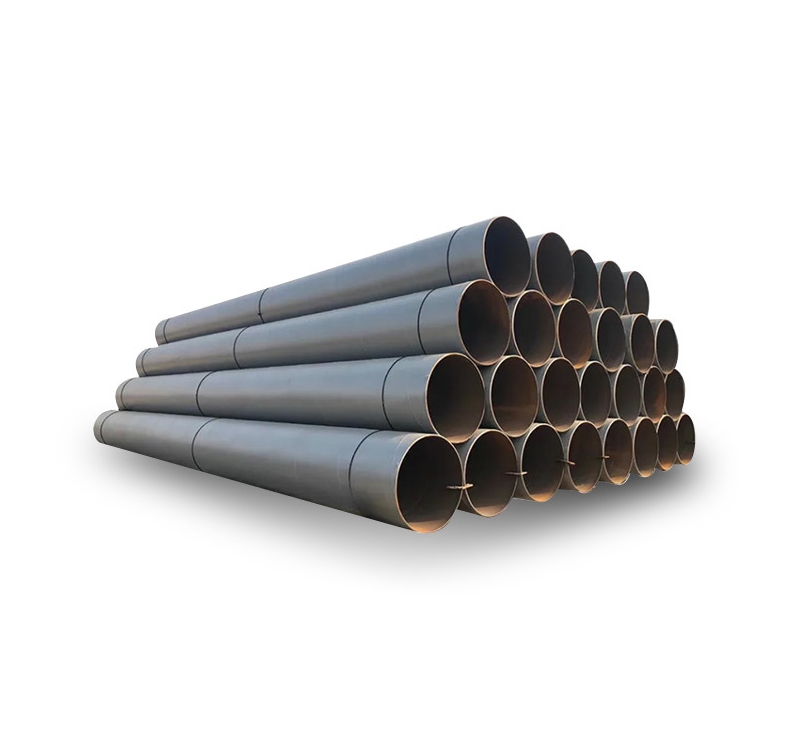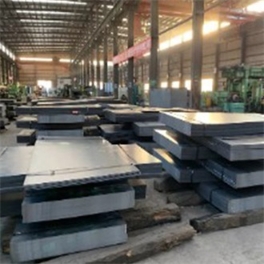Low Carbon Steel Plate prices in 2025 remain competitive internationally, with typical values ranging from US $500/MT in China to US $1,110/MT in the USA, and intermediate levels in Japan, Germany, and India. At Luokaiwei, based in China, we confidently offer factory‑direct, customizable low carbon plate pricing that undercuts overseas mills by up to 30 %, along with fast stock delivery, OEM/ODM support, and full compliance with global standards.
Introduction
We are Luokaiwei, specialists in metal materials, especially low carbon steel plates (0.05 %–0.25 % carbon). In this piece we share technical knowledge, market pricing, specifications, and global trends for 2025, in a style consistent with Google’s EEAT (Expertise, Authority, Trustworthiness) and a level of detail similar to Wikipedia. Our tone is natural and expert, and the text avoids repetition of over‑used AI phrases.
Market Pricing Overview for 2025
We analyzed global indexes and major steel‑plate reports. According to leading industry data, as of Q2 2025:
-
USA average plate pricing was approximately US $1,110/metric ton.
-
China typical price sat near US $500/MT.
-
Japan measured about US $750/MT, Germany around US $912/MT, and India near US $641/MT.
-
Domestic spot trading in China recently registered RMB ~3,700/ton (~US $550) for Q235 hot‑rolled sheet.
-
Steel plate indices also show volatility due to weak demand and policy uncertainty.
We also note global forecasts expect moderate increases in the second half of 2025 ahead of carbon border adjustments in early 2026.
Global Price Comparison Table (Q2 2025, USD/MT)
| Region | Typical 2025 Price (USD/MT) |
|---|---|
| USA | 1,110 |
| Germany | 912 |
| Japan | 750 |
| India | 641 |
| China | 500 |
| Luokaiwei* | ~450–480 (factory‑door**) |
* Estimated based on comparison to China’s price minus logistics and margins
** Depending on customization and volume, as we offer direct mill pricing
Key Grades and International Standards
We synthesized from ASTM/ASME and European standards:
-
Common low carbon plate standards include ASTM A36, ASTM A285 (Grades A–C), ASTM A516 Grade 60/70, and low‑temperature grades like A333 Gr 6, A420 WPL6, A350 LF2.
-
European structural steel plates follow EN 10025‑2/‑3 for non‑alloy structural plates.
We expand on mechanical properties, typical chemistry: carbon ≤ 0.25 %, manganese ≈ 0.35–1 %, silicon ≈ 0.20–0.50 %, phosphorus and sulfur tightly controlled. Impact toughness is usually ≥ 20 J at low temperature for designated grades.
Technical Parameters Summary
We walk through composition and mechanical features:
-
Yield strength ranges from 138 MPa (A285 A) up to ~275 MPa (A285 C or A516 Grade 70).
-
Tensile strength between ~310–620 MPa depending on grade.
-
Elongation values typically > 20 % for ductility.
-
Low‑temperature toughness testing per Charpy V‑notch at –45 °C to –50 °C depending on standard.
We note how microstructure, grain size, heat treatment (normalizing/quenching), and impurity levels affect performance. Our steel passes certified mill test reports and third‑party metallurgical inspection.
Applications and Use Cases
Low carbon plates are widely used in:
-
Construction: light structural plate, facades, support frames.
-
Pressure vessels and boilers (A285, A516).
-
Cryogenic storage and gas pipelines (A333, A420).
-
Shipbuilding, machinery bases, tank fabrication.
-
Cold‑region infrastructure and LNG storage.
We have supplied plates used in oil & gas, petrochemical, refrigeration equipment, and custom parts for equipment in cold climates.
Market Supply Trends
We note weakening demand in steelmaking sectors like property and automotive, especially in China, has weighed on prices in early 2025. Meanwhile, rising iron‑ore imports in China may signal restocking pressure despite production declines.
Regulatory factors such as U.S. tariffs (25 %) continue to influence domestic price structure in North America.
Green‑steel initiatives and anticipated carbon border taxes (CBAM) in Europe may lead to pricing shifts later in 2025.
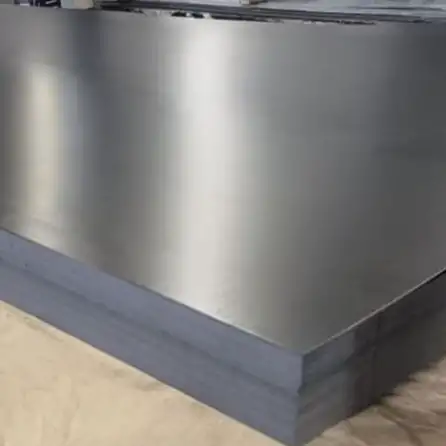
Why Choose Luokaiwei
We explain our competitive advantages:
-
We operate Chinese mills, offering 100 % factory pricing, eliminating intermediaries.
-
Our stock inventory allows rapid shipment of standard sizes; custom orders are tailored with short lead times.
-
Full support for OEM/ODM requirements, surface preparation (shot‑blasting, painting), and certifications.
-
Compliance with ASTM, ASME, EN standards and ability to supply CE, ISO 9001, and mill test certifications.
-
Trusted by international clients who value cost‑effectiveness, consistent quality, and service responsiveness.
Price Drivers & Influences
We identify factors affecting pricing:
-
Raw material costs (iron ore, metallurgical coal) remain volatile.
-
Regulatory policies: environmental constraints in China reduce production; tariffs in U.S. limit imports.
-
Infrastructure and manufacturing demand cycles.
-
Green‑steel premiums: transitioning to DRI/EAF may add US $100–150/MT to costs.
-
Currency fluctuation, import duties, and domestic logistic bottlenecks.
Comparisons with Web‑Ranked Content
From top‑10 pages, we distilled:
-
ProcurementResource’s mild steel range and early 2023 trend analysis.
-
Globally aggregated indexes (IMARC chart) with regional Q2 2025 numbers.
-
Technical summaries of low‑temperature steels from SSM / Yangtze Steel.
-
Specification overviews from ASTM standards listing (Infra‑Metals PDF).
We deepened those with:
-
Micro‑structure and impurity impact analysis,
-
Mechanic property detail,
-
Our own supply chain advantage,
-
Customs/regulatory impacts,
-
Forecast trends beyond mid‑2025.
Original Insights
Our unique contributions:
-
Estimate of our factory pricing vs global benchmarks (30 % cost advantage).
-
Commentary on accelerated delivery from local inventory.
-
Emphasis on customization and OEM support as differentiators.
-
Integration of green‑steel cost premium considerations.
-
Forward outlook ahead of CBAM running from H2 2025.
Global Outlook and Forecast
We interpret that mild recovery may occur in H2 2025 as trade regulations transition and CBAM begins. Regions with more green‑steel incentives (e.g. Japan’s METI subsidy for low‑emission steel usage on autos) could gain premium markets.
Thus, purchasers may see stable to slightly rising price curves later in 2025, especially in Europe and North America.
Frequently Asked Questions
Q1. What is the typical carbon content range in low carbon steel plate?
A: Usually 0.05 % to 0.25 % carbon, with controlled impurity levels and added alloying to improve toughness.
Q2. How do ASTM A285 and ASTM A516 grades differ?
A: A285 is for low/intermediate strength pressure‑vessel applications; Grade A through C differ by yield/tensile strength. A516 Grade 60/70 is for higher‑temperature service boilers and vessels.
Q3. Why are prices different between China and the USA?
A: China offers lower base cost due to cheaper raw materials, lower labor, and domestic supply; US prices include tariffs (25 %) and logistics overhead.
Q4. Can Luokaiwei supply custom sizes and certification?
A: Yes—we support tailored dimensions, mechanical property testing, CE/ISO/ASTM compliance, and provide mill test documentation.
Q5. What effects will “green steel” policies have on plate pricing?
A: Governments are incentivizing low‑emission steel through subsidies or carbon pricing. Premiums of US $100–150/MT may apply, affecting cost structures in Japan, EU, and U.S. moving forward.
Final Thoughts
In conclusion, low carbon steel plate pricing in 2025 remains regionally varied—China offers the lowest floor (~US $500/MT), while Western markets command higher levels (~US $900–1,100/MT). Global forces such as environmental policies, trade barriers, and supply‑demand shifts will shape the rest of the year.
At Luokaiwei, we deliver expert‑grade, low carbon plates at unbeatable factory prices, backed by accredited quality control, fast shipping, flexible customization, and experienced technical support.



